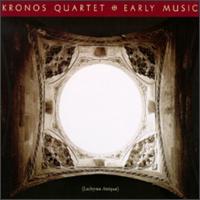Details on the murders are not lacking, because the depositions of witnesses to the magistrates have survived in full. While they disagree on some details, they agree on the principal points, and it is apparent that Gesualdo had help from his servants, who may have done most of the killing; however Gesualdo certainly stabbed Maria multiple times, shouting as he did, "she's not dead yet!" The Duke of Andria was found slaughtered by numerous deep sword wounds, as well as by a shot through the head; when he was found, he was dressed in women's clothing (specifically, Maria's night dress). His own clothing was found piled up by the bedside, unbloodied. One suggested explanation for this is that Gesualdo first murdered his wife, and after this turned his attentions to the Duke, forcing him to don his lover's clothing, most probably to humiliate him.
The murders were widely publicized, including in verse by poets such as Tasso and an entire flock of Neapolitan poets, eager to capitalize on the sensation; the salacious details of the murders were broadcast in print; but nothing was done to apprehend the Prince of Venosa. The police report [2] from the scene makes for shocking reading even after more than 400 years.
Accounts on events after the murders differ. According to some contemporary sources, Gesualdo also murdered his second son by Maria, who was an infant, after looking into his eyes and doubting his paternity (according to contemporary sources he "swung the infant around in his cradle until the breath left his body"); another source indicates that he murdered his father-in-law as well, after the man had come seeking revenge. Gesualdo had employed a company of men-at-arms to ward off just such an event. However, contemporary documentation from official sources for either of these alleged murders is lacking."













No comments:
Post a Comment